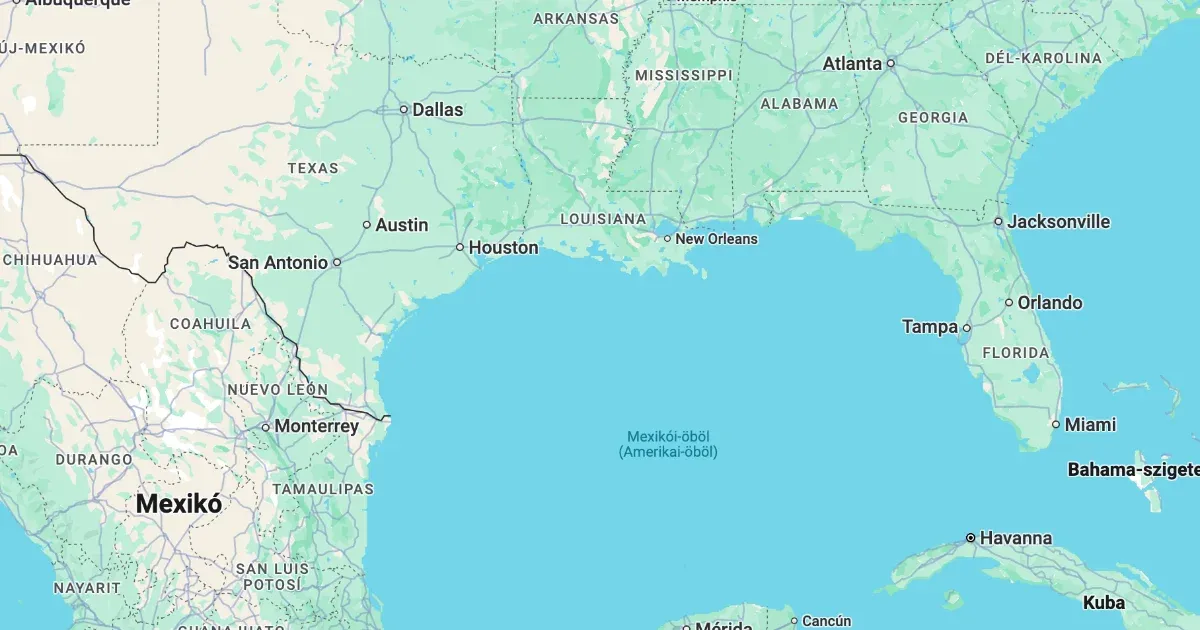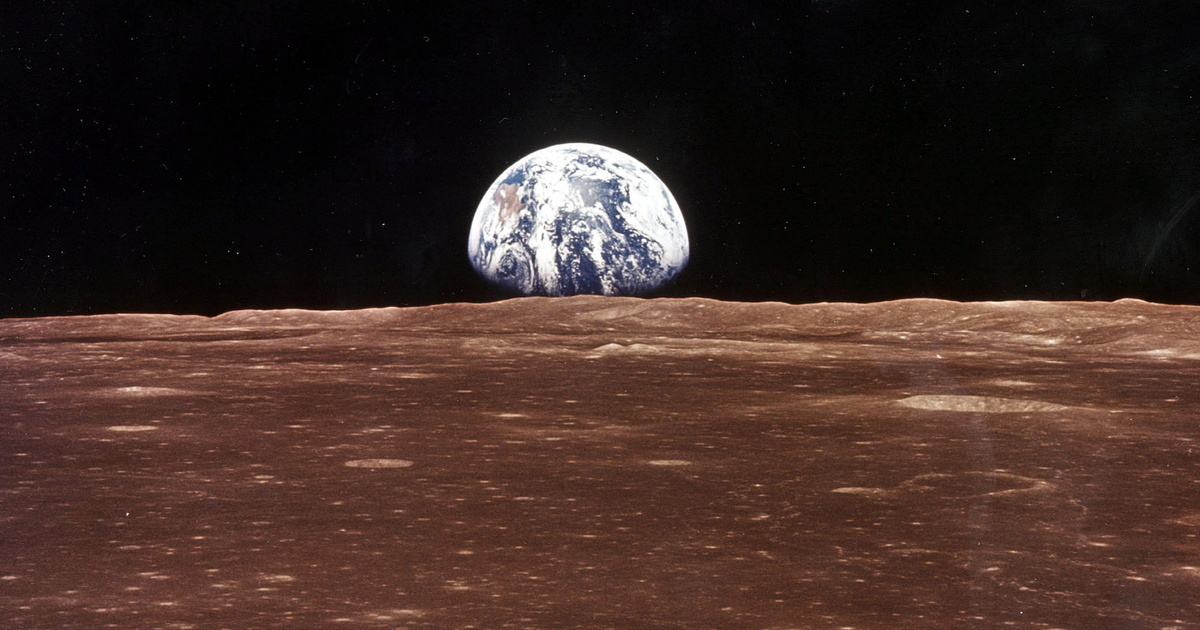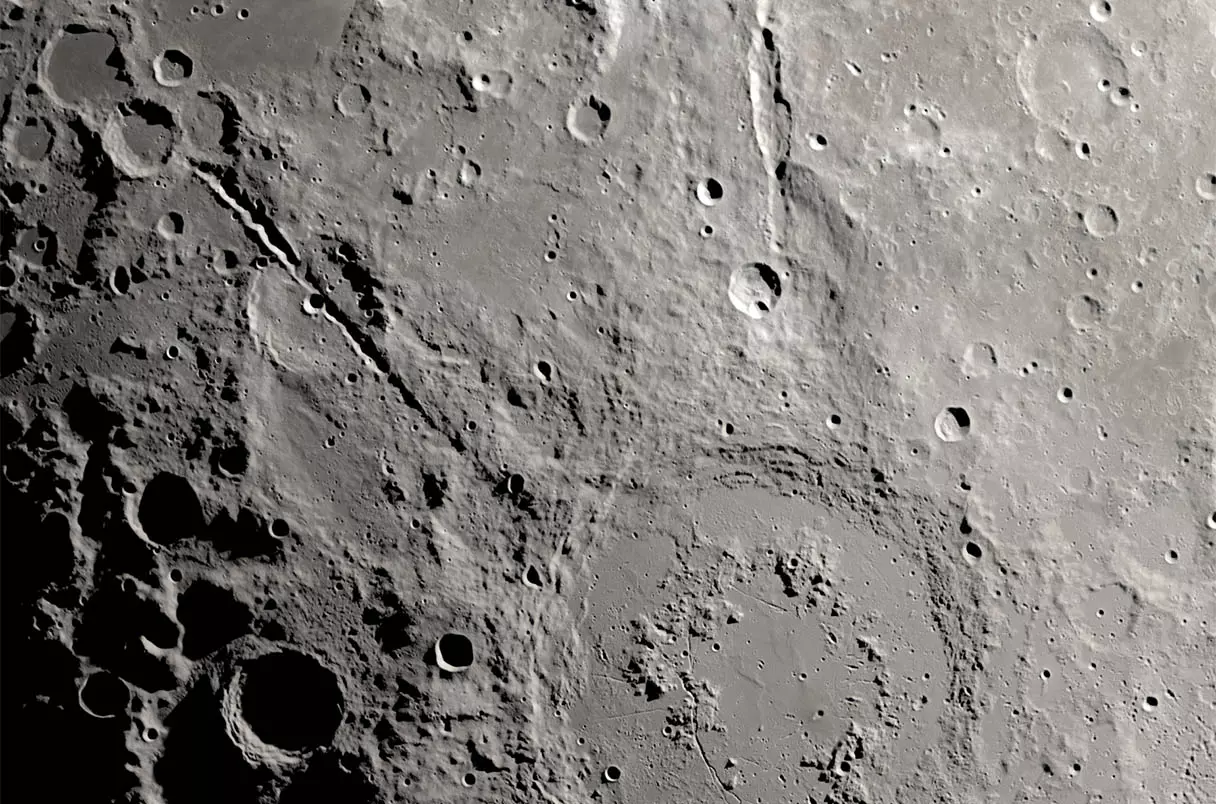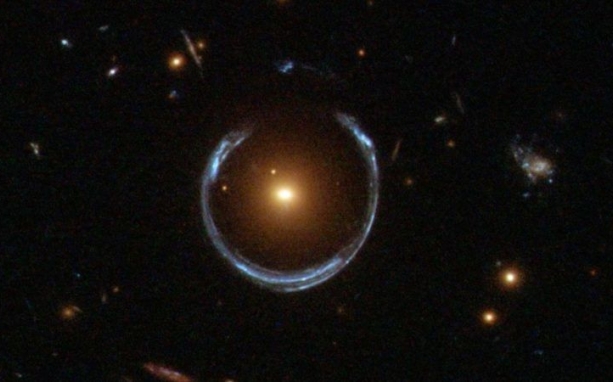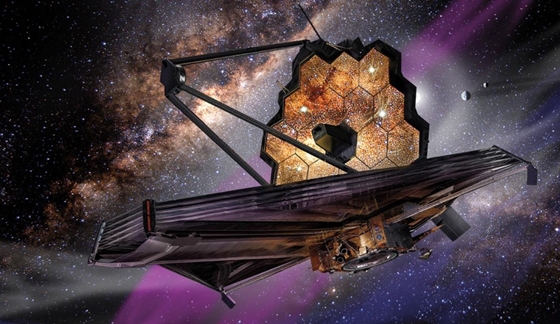[{“available”:true,”c_guid”:”f0bdba05-67ed-40fb-b23d-45753f9e069a”,”c_author”:”hvg.hu”,”category”:”itthon”,”description”:”Arról, hogy pontosan mit szimbolizál a bombába csimpaszkodó Vuk, a művész nem írt a posztjában.”,”shortLead”:”Arról, hogy pontosan mit szimbolizál a bombába csimpaszkodó Vuk, a művész nem írt a posztjában.”,”id”:”20230112_Kolodko_miniszobor_Vuk_granat”,”image”:”https://api.hvg.hu/Img/ffdb5e3a-e632-4abc-b367-3d9b3bb5573b/f0bdba05-67ed-40fb-b23d-45753f9e069a.jpg”,”index”:0,”item”:”75c2f7bf-0db5-49c5-907a-e8986325cc24″,”keywords”:null,”link”:”/itthon/20230112_Kolodko_miniszobor_Vuk_granat”,”timestamp”:”2023. január. 12. 15:17″,”title”:”Újabb Kolodko-szobor: Kisróka kapaszkodik egy gránát végébe a Gellért Szálló mellett”,”trackingCode”:”RELATED”,”c_isbrandchannel”:false,”c_isbrandcontent”:false,”c_isbrandstory”:false,”c_isbrandcontentorbrandstory”:false,”c_isbranded”:false,”c_ishvg360article”:false,”c_partnername”:null,”c_partnerlogo”:”00000000-0000-0000-0000-000000000000″,”c_partnertag”:null},{“available”:true,”c_guid”:”4017bfca-a1d1-475d-b2ef-914f2b3be46f”,”c_author”:”Slovenian Tourist Board”,”category”:”brandchannel”,”description”:”A wellness mindenkinek mást jelent, máshogy tudunk kikapcsolni: van, aki él-hal a szaunáért, van, aki egy masszázs után érzi úgy, hogy újjászületett. Szlovénia nemcsak a téli sportok szerelmeseinek vagy a túrázóknak tökéletes úti cél, hanem azoknak is, akik egy spanap után érzik igazán elemükben magukat. Úgy térhetünk vissza, mintha kicseréltek volna bennünket, és most abban is segítünk, hogy milyen kezeléseken regenerálódhatunk a szomszédban. “,”shortLead”:”A wellness mindenkinek mást jelent, máshogy tudunk kikapcsolni: van, aki él-hal a szaunáért, van, aki egy masszázs után…”,”id”:”SlovenianTouristBoard_Szlovenia_spakincsei__on_hogyan_toltodne_fel”,”image”:”https://api.hvg.hu/Img/ffdb5e3a-e632-4abc-b367-3d9b3bb5573b/4017bfca-a1d1-475d-b2ef-914f2b3be46f.jpg”,”index”:0,”item”:”c87b388c-602d-4a4e-9fac-61a55b37fb2a”,”keywords”:null,”link”:”/brandchannel/SlovenianTouristBoard_Szlovenia_spakincsei__on_hogyan_toltodne_fel”,”timestamp”:”2023. január. 12. 20:30″,”title”:”Nemcsak Magyarországon vannak különleges fürdők”,”trackingCode”:”RELATED”,”c_isbrandchannel”:true,”c_isbrandcontent”:false,”c_isbrandstory”:false,”c_isbrandcontentorbrandstory”:false,”c_isbranded”:true,”c_ishvg360article”:false,”c_partnername”:”Slovenian Tourist Board”,”c_partnerlogo”:”42d00705-ce93-4747-97c5-93564cf3ff8d”,”c_partnertag”:”Slovenian Tourist Board”},{“available”:true,”c_guid”:”165a999a-4f37-4291-9f5c-d227b8e684ae”,”c_author”:”Révész Sándor”,”category”:”360″,”description”:”A Messa di Gloria Rossini egyetlen olyan egyházi műve, amelyet fénykorában komponált. A római Szent Cecília Akadémia készített lemezfelvételt belőle. \r\n\r\n”,”shortLead”:”A Messa di Gloria Rossini egyetlen olyan egyházi műve, amelyet fénykorában komponált. A római Szent Cecília Akadémia…”,”id”:”202302_cd__az_eletorom_miseje_rossini_messa_di_gloria”,”image”:”https://api.hvg.hu/Img/ffdb5e3a-e632-4abc-b367-3d9b3bb5573b/165a999a-4f37-4291-9f5c-d227b8e684ae.jpg”,”index”:0,”item”:”3d5ed51f-4fb7-45c1-a4fc-6d3bd1372049″,”keywords”:null,”link”:”/360/202302_cd__az_eletorom_miseje_rossini_messa_di_gloria”,”timestamp”:”2023. január. 12. 14:00″,”title”:”Az életöröm miséje, de a kritikusok fanyalogva fogadták – zenei ajánló”,”trackingCode”:”RELATED”,”c_isbrandchannel”:false,”c_isbrandcontent”:false,”c_isbrandstory”:false,”c_isbrandcontentorbrandstory”:false,”c_isbranded”:false,”c_ishvg360article”:true,”c_partnername”:null,”c_partnerlogo”:”00000000-0000-0000-0000-000000000000″,”c_partnertag”:null},{“available”:true,”c_guid”:”5322b6db-fc54-4fa1-8654-8ff25771d43b”,”c_author”:”hvg.hu”,”category”:”vilag”,”description”:”Egy textilgyár épületében történt robbanás, egyelőre nem tudni, mitől. Többen megsérültek, halottak is lehetnek.”,”shortLead”:”Egy textilgyár épületében történt robbanás, egyelőre nem tudni, mitől. Többen megsérültek, halottak is lehetnek.”,”id”:”20230112_Robbanas_Isztambul_Torokorszag”,”image”:”https://api.hvg.hu/Img/ffdb5e3a-e632-4abc-b367-3d9b3bb5573b/5322b6db-fc54-4fa1-8654-8ff25771d43b.jpg”,”index”:0,”item”:”6d4a7ff3-fffc-4c29-8355-b1e8d38d6810″,”keywords”:null,”link”:”/vilag/20230112_Robbanas_Isztambul_Torokorszag”,”timestamp”:”2023. január. 12. 17:36″,”title”:”Robbanás történt Isztambulban”,”trackingCode”:”RELATED”,”c_isbrandchannel”:false,”c_isbrandcontent”:false,”c_isbrandstory”:false,”c_isbrandcontentorbrandstory”:false,”c_isbranded”:false,”c_ishvg360article”:false,”c_partnername”:null,”c_partnerlogo”:”00000000-0000-0000-0000-000000000000″,”c_partnertag”:null},{“available”:true,”c_guid”:”75130015-1f51-4e96-9430-3b98971fd926″,”c_author”:”Hamvay Péter”,”category”:”360″,”description”:”Az első volt, aki a vasfüggöny mögül már 1973-ban kijutott a Stanfordra hipnózist tanulni. Saját elméletet dolgozott ki, maradhatott volna, de hazajött. Az első nő volt a Nemzetközi Hipnózistársaság élén. HVG-portré.\r\n “,”shortLead”:”Az első volt, aki a vasfüggöny mögül már 1973-ban kijutott a Stanfordra hipnózist tanulni. Saját elméletet dolgozott…”,”id”:”202302_banyai_eva”,”image”:”https://api.hvg.hu/Img/ffdb5e3a-e632-4abc-b367-3d9b3bb5573b/75130015-1f51-4e96-9430-3b98971fd926.jpg”,”index”:0,”item”:”c58aec42-f49c-4034-bc66-29f6a59df9e8″,”keywords”:null,”link”:”/360/202302_banyai_eva”,”timestamp”:”2023. január. 13. 15:30″,”title”:”Bányai Éva pszichológus: Csak én bírtam végig a kemoterápiát, hipnózissal kivédtem a mellékhatásokat”,”trackingCode”:”RELATED”,”c_isbrandchannel”:false,”c_isbrandcontent”:false,”c_isbrandstory”:false,”c_isbrandcontentorbrandstory”:false,”c_isbranded”:false,”c_ishvg360article”:true,”c_partnername”:null,”c_partnerlogo”:”00000000-0000-0000-0000-000000000000″,”c_partnertag”:null},{“available”:true,”c_guid”:”34c161a2-97be-4f3c-9fb8-2cef9731c8d8″,”c_author”:”Sztojcsev Iván”,”category”:”gazdasag”,”description”:”Az infláció megugrását nem lehet teljes egészében a benzinárstop elengedésével magyarázni. Az élelmiszerek közel 45, a háztartási energia 55 százalékkal volt drágább, mint egy évvel korábban. “,”shortLead”:”Az infláció megugrását nem lehet teljes egészében a benzinárstop elengedésével magyarázni. Az élelmiszerek közel 45…”,”id”:”20230113_inflacio_arak_dragulas_etel_rezsi_benzin_arstop”,”image”:”https://api.hvg.hu/Img/ffdb5e3a-e632-4abc-b367-3d9b3bb5573b/34c161a2-97be-4f3c-9fb8-2cef9731c8d8.jpg”,”index”:0,”item”:”39de3e98-a372-4f9e-a734-c1ff162333b0″,”keywords”:null,”link”:”/gazdasag/20230113_inflacio_arak_dragulas_etel_rezsi_benzin_arstop”,”timestamp”:”2023. január. 13. 08:30″,”title”:”Tovább nőtt az Európa-bajnok magyar infláció, már 24,5 százalékos”,”trackingCode”:”RELATED”,”c_isbrandchannel”:false,”c_isbrandcontent”:false,”c_isbrandstory”:false,”c_isbrandcontentorbrandstory”:false,”c_isbranded”:false,”c_ishvg360article”:false,”c_partnername”:null,”c_partnerlogo”:”00000000-0000-0000-0000-000000000000″,”c_partnertag”:null},{“available”:true,”c_guid”:”a23d7aef-e43c-47e5-a022-a38142b809e7″,”c_author”:”Dezső András”,”category”:”360″,”description”:”Amerika számára egy olyan új hidegháborús helyzet az ideális, amelyben a szereplők úgy érzik, választaniuk kell Kína és az USA között. Ez nehéz döntés elé állíthatja Európát, s különösen Magyarországot. Salát Gergely Kína-szakértőt kérdeztük a helyzetről. \n”,”shortLead”:”Amerika számára egy olyan új hidegháborús helyzet az ideális, amelyben a szereplők úgy érzik, választaniuk kell Kína és…”,”id”:”202302__salat_gergely__akinai_utrol_mint_alternativarol__akinai_penz_olyan_mint_anyugati”,”image”:”https://api.hvg.hu/Img/ffdb5e3a-e632-4abc-b367-3d9b3bb5573b/a23d7aef-e43c-47e5-a022-a38142b809e7.jpg”,”index”:0,”item”:”e819c96f-2792-4f2b-bf30-66d5d37444a7″,”keywords”:null,”link”:”/360/202302__salat_gergely__akinai_utrol_mint_alternativarol__akinai_penz_olyan_mint_anyugati”,”timestamp”:”2023. január. 13. 06:30″,”title”:”Salát Gergely Kína-szakértő: Az USA üzeni, ha nem álltok mellénk Kína ellen, nem védünk meg az oroszoktól”,”trackingCode”:”RELATED”,”c_isbrandchannel”:false,”c_isbrandcontent”:false,”c_isbrandstory”:false,”c_isbrandcontentorbrandstory”:false,”c_isbranded”:false,”c_ishvg360article”:true,”c_partnername”:null,”c_partnerlogo”:”00000000-0000-0000-0000-000000000000″,”c_partnertag”:null},{“available”:true,”c_guid”:”00a08492-3625-4f2e-be19-36b206c13cce”,”c_author”:”hvg.hu”,”category”:”cegauto”,”description”:”A japán gyártó leleplezte népszerű sportkocsija legújabb változatát.”,”shortLead”:”A japán gyártó leleplezte népszerű sportkocsija legújabb változatát.”,”id”:”20230113_hivatalos_itt_a_600_loeros_2024es_nissan_gtr”,”image”:”https://api.hvg.hu/Img/ffdb5e3a-e632-4abc-b367-3d9b3bb5573b/00a08492-3625-4f2e-be19-36b206c13cce.jpg”,”index”:0,”item”:”53971f06-f3b0-45a7-b809-37b4f9851279″,”keywords”:null,”link”:”/cegauto/20230113_hivatalos_itt_a_600_loeros_2024es_nissan_gtr”,”timestamp”:”2023. január. 13. 09:21″,”title”:”Hivatalos: itt a 600 lóerős 2024-es Nissan GT-R”,”trackingCode”:”RELATED”,”c_isbrandchannel”:false,”c_isbrandcontent”:false,”c_isbrandstory”:false,”c_isbrandcontentorbrandstory”:false,”c_isbranded”:false,”c_ishvg360article”:false,”c_partnername”:null,”c_partnerlogo”:”00000000-0000-0000-0000-000000000000″,”c_partnertag”:null}]
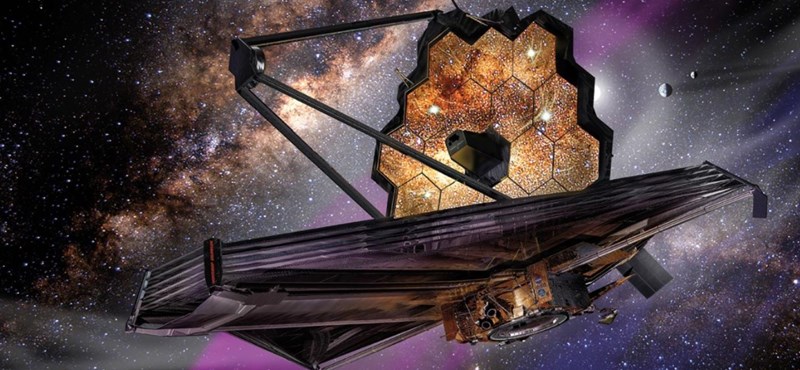

Order the weekly HVG newspaper or digitally and read us anywhere, anytime!
That’s why we ask you, our readers, to support us! We promise to keep doing the best we can!
We recommend it from the first page

